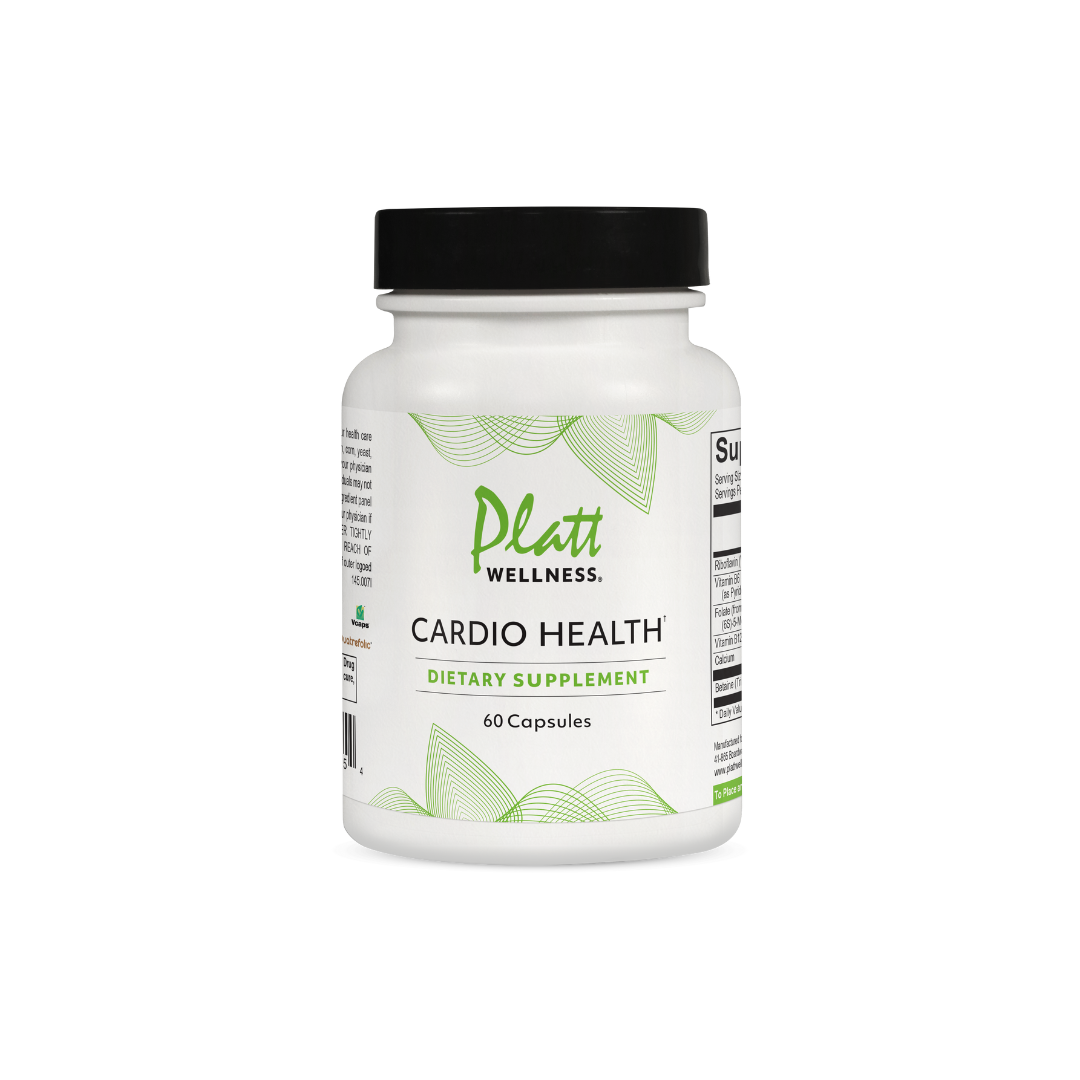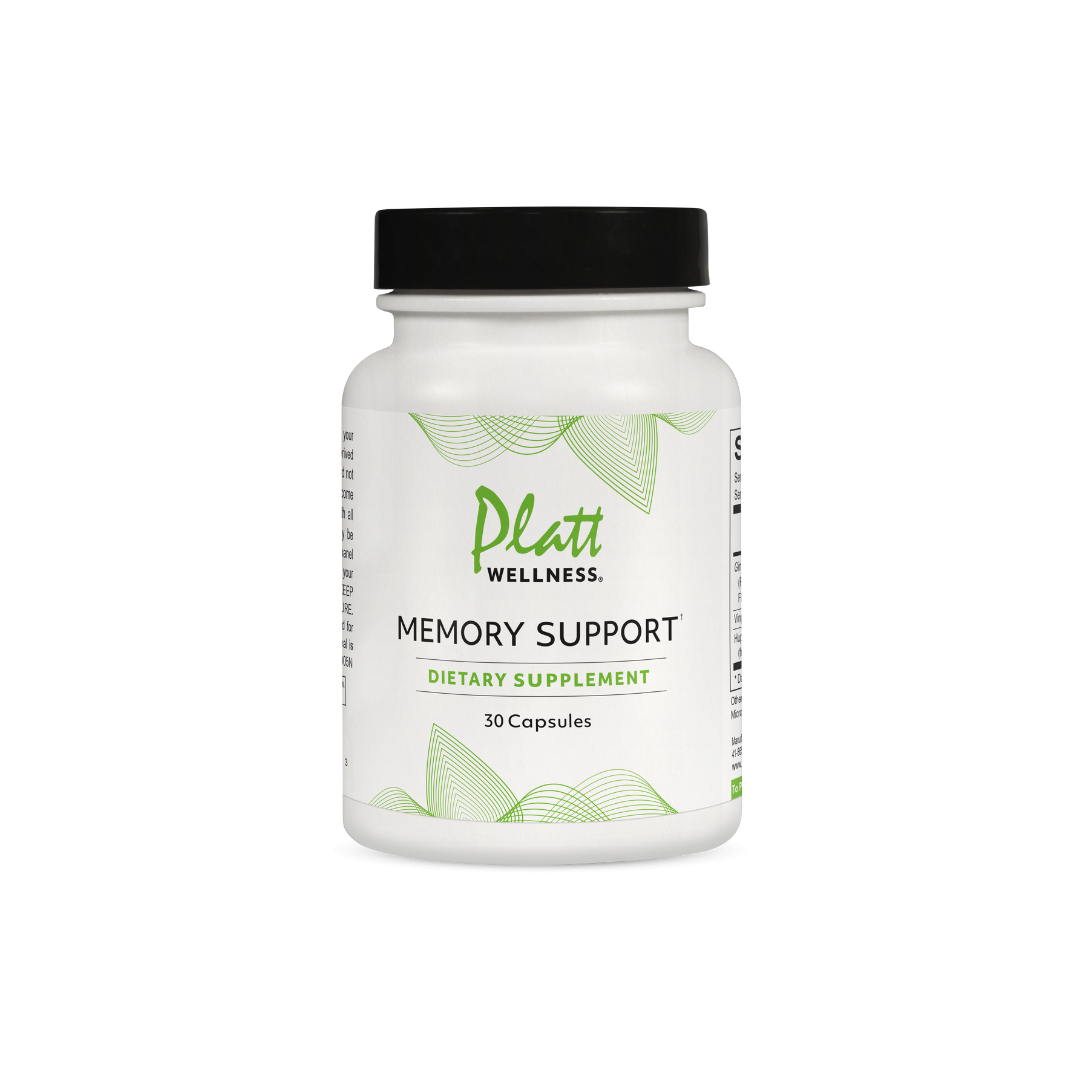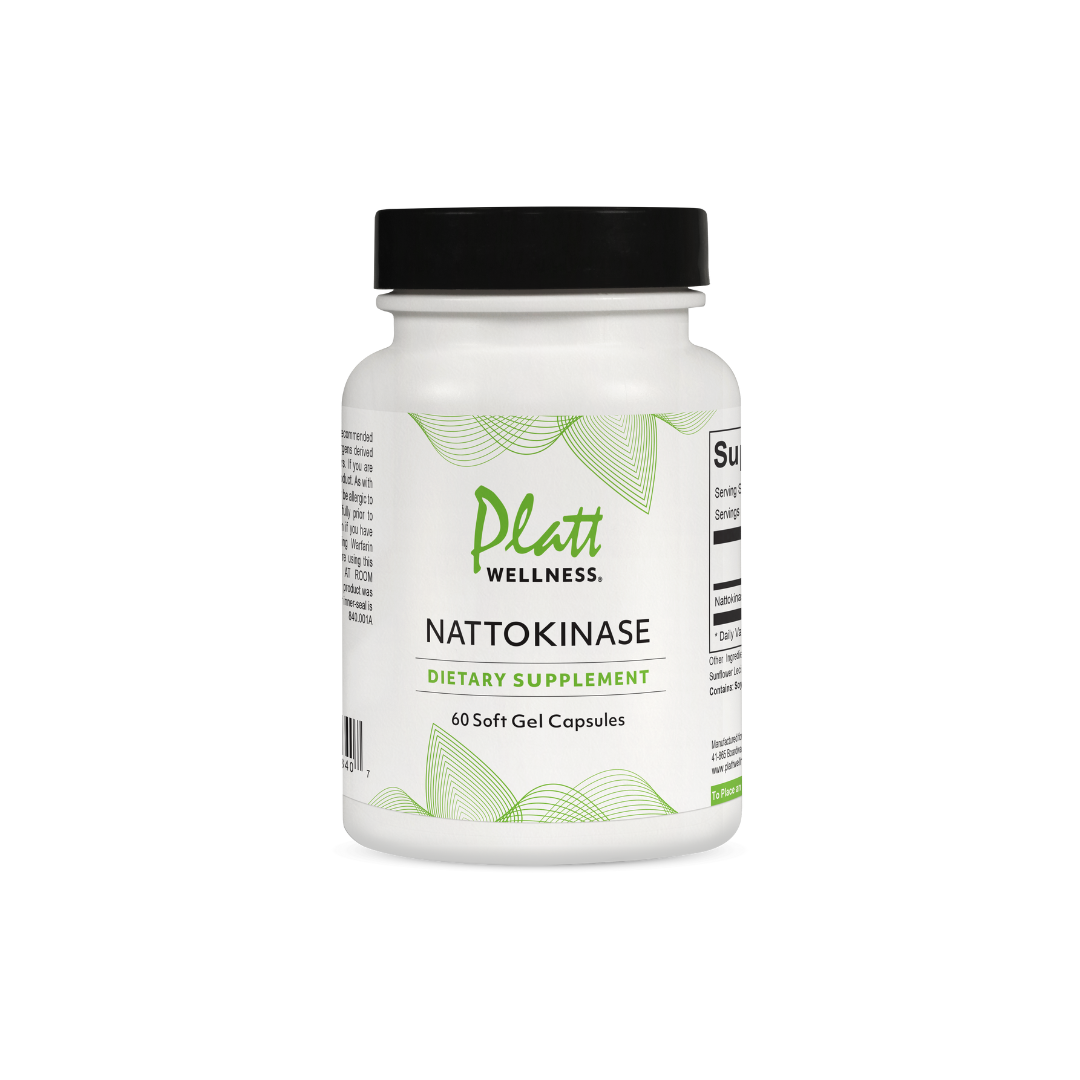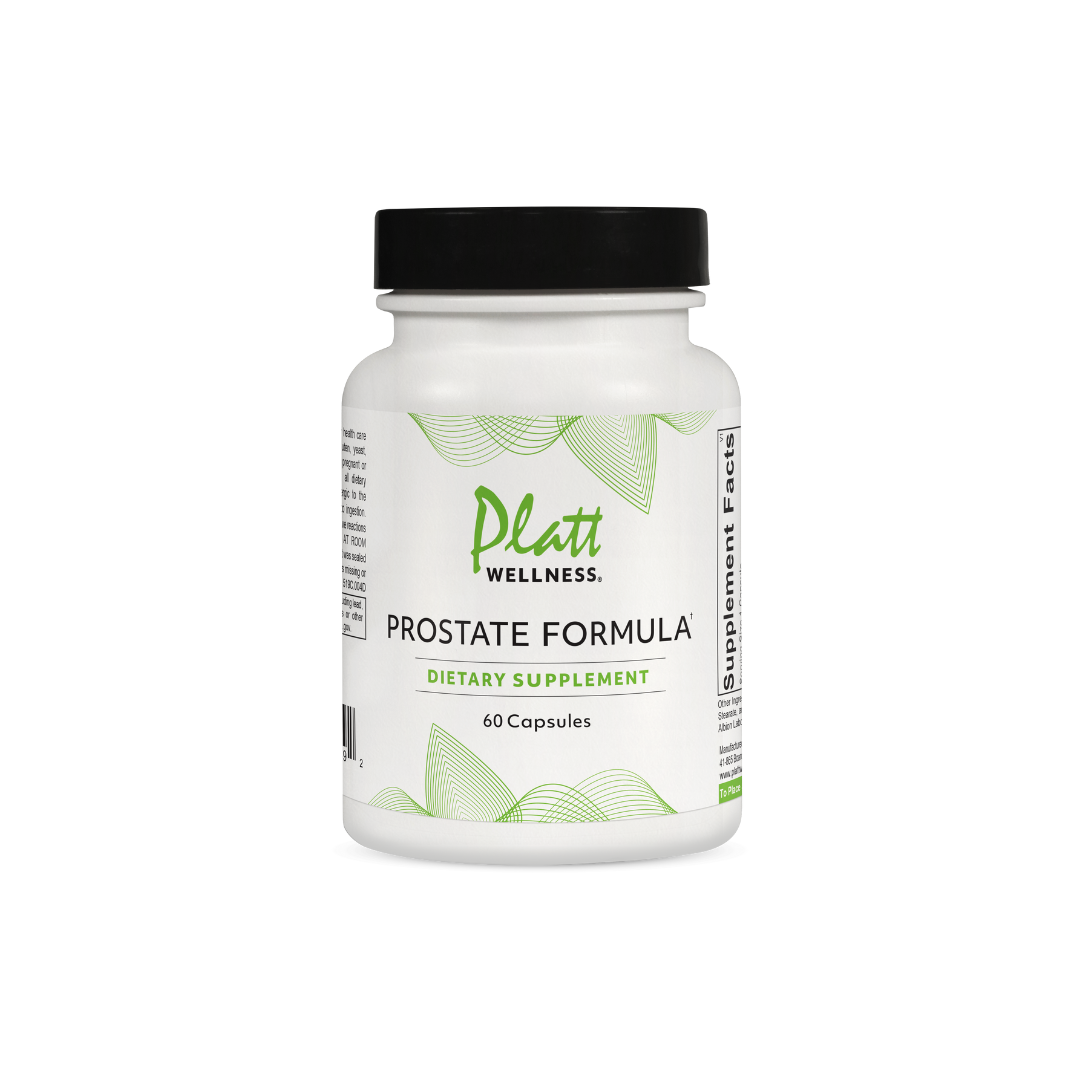Comprehensive Guide to Using Natural Progesterone Cream for Perimenopause, Menopause, and Other Health Conditions
Progesterone cream can be a highly effective tool for managing a variety of health concerns, from perimenopause and menopause symptoms to insulin resistance, adrenal imbalances, and even adrenal dominance. As a natural hormone regulator, progesterone works to balance estrogen, insulin, and adrenaline, supporting women and men in maintaining hormone health. Below, you’ll find essential information on how to properly apply progesterone cream, dosing guidelines, and tips for ensuring optimal results.
The progesterone hormone is made naturally in your body from cholesterol. First your body turns the cholesterol into pregnenolone, then converted to progesterone. Your body then makes a cascade of other hormones that it needs from the progesterone (including estrogen, testosterone, cortisol). However, as we go through perimenopause and menopause, we start to stop producing progesterone naturally.
Bio-identical hormones are exactly what this term implies, they are hormones that are made from natural ingredients, USP micronized for standardization, and match your hormone receptors in that your body reacts as if they are made naturally.
5% Progesterone Cream is the exact strength needed to combat the toxic effects of estrogen, insulin and adrenaline. Lower strengths (such as 2%) may stimulate the estrogen receptor sites. Higher strengths (such as 10%), in our opinion, are wasted. It doesn’t mean you will absorb more and they are more expensive.
Application Guidelines: When and How to Apply Progesterone Cream
Progesterone cream is most effective when used according to your specific hormonal needs. Remember, everyone is different and there is no one size fits all approach. Your symptoms of resilience are your goal. Always consult with your healthcare provider for personalized recommendations, but if you're managing on your own, here are some general guidelines:
General Dosing Guidelines:
-
Progesterone Cream Strength: A 5% strength progesterone cream provides about 50 mg of progesterone per pump (approximately 1/4 teaspoon).
-
Post-menopausal women: Typically apply 2–4 pumps daily (morning, afternoon, dinner and at bedtime).
-
Peri-menopausal women: May need only 1 pump per day and can adjust the dose as needed.
-
Cyclic use: Some women prefer to use progesterone cream during the first 14 days of their cycle (see footnote below). Typical dosing can begin with 50mg to 250 mg daily. This can be broken into two doses throughout the day (am/pm) to avoid progesterone levels crashing mid-day
-
Men: Apply once or twice a day. Higher doses (300–400 mg) may be used for managing conditions like an enlarged prostate or high stress.
Managing Insulin and Adrenaline
If you have adrenal imbalances or insulin sensitivity, progesterone cream can help regulate insulin levels. Apply the cream 1–3 minutes before meals, up to four times a day if necessary. Managing glucose levels through a balanced diet—high in protein, low-glycemic vegetables, and MCT coconut oil—will also help prevent adrenaline surges and insulin spikes.
Once glucose levels stabilize, usually after a few months, you can reduce the amount of progesterone cream you use, and applying it before meals may no longer be necessary.
Sleep Support:
If you have trouble sleeping, try eating a low-glycemic carbohydrate snack (such as green beans or spinach) before bed, then apply progesterone cream just before this snack to enhance sleep quality.
Benefits of Progesterone Cream
Progesterone offers a wide range of health benefits beyond just balancing hormones during perimenopause and menopause:
-
Acts as a natural antidepressant, affecting neurotransmitter receptors in the brain.
-
Helps regulate insulin, reducing fat storage, hypoglycemia, high blood pressure, and diabetes risk.
-
Eases estrogen dominance symptoms, such as cramps, PMS, breast tenderness, migraines, and hot flashes.
-
Blocks excess adrenaline, which can help with anger, anxiety, fibromyalgia, ADHD, irritable bowel syndrome (IBS), and more.
-
Enhances libido and promotes weight loss.
-
Prevents and treats osteoporosis.
-
Helps prevent estrogen-related cancers, including breast and prostate cancers.
Proper Application: How and Where to Apply Progesterone Cream
To ensure optimal absorption, apply the cream to areas with thinner skin, such as the face, neck, chest, inner arms, palms, or soles of the feet. For better absorption, apply after a warm shower or bath, and rotate application sites to prevent receptor saturation.
For men, the inner forearm or scrotal area may be effective application sites, especially for reducing elevated PSA levels.
Timing and Application Specifics
Controlling Adrenaline and Insulin
For those managing excess adrenaline and insulin issues, timing is key. Since progesterone stays in the bloodstream for only 5–6 minutes, it’s best to apply the cream 1–3 minutes before main meals. This helps manage insulin spikes and prevent hypoglycemia, particularly in the afternoon when the body tends to produce the most insulin.
Cycling Progesterone:
There is debate over whether progesterone should be cycled for women. Cycling (using the cream for 14 days of a menstrual cycle ie. 14-28 days -- Day 1 is the first day of your period) may benefit women trying to conceive, but post-menopausal women often benefit from using progesterone daily. Younger women trying to get pregnant should avoid using progesterone from days 1–10 of their cycle.
For menstruating women, it’s recommended to apply progesterone starting 5–7 days after the beginning of the period and continue until the next period. This may help regulate irregular cycles or conditions like PCOS.
Additional Considerations
-
Stress Management: Reducing stress through regular exercise and a balanced diet is crucial for maintaining hormone health.
-
Dietary Supplements: Vitamins such as Vitamin D3 & K2, magnesium, zinc, and Vitamin C can further support hormone balance.
What to test, when to test, and why to test are real questions to consider?
Testing before supplementing hormones yields the most accurate information. Once you begin hormone therapy, interpreting test results becomes more complicated. Read our full article on the various testing applications i.e., serum, salvia and urine. Click here.
Side Effects and Adjustments
While progesterone cream is generally safe, some people experience side effects initially, which usually subside as the body adjusts:
-
Nipple tenderness: Common due to high concentrations of progesterone receptors in that area.
-
Heavier periods or spotting: May occur temporarily as progesterone helps heal uterine tissue.
-
Acne: Rarely, progesterone can down-regulate testosterone and result in acne, though it may also help reduce acne in conditions like PCOS.
-
Estrogen Kickback: Beginning bioidentical progesterone can trigger or antiagonize estrogen receptors throughout the body by replacing progesterone in the estrogen receptors and releasing estrogen into the blood causing “estrogen kickback.” You will notice adverse reactions initially and will need to address detoxification of estrogen that is stored in your tissues. Read more here.
-
Progesterone Relief Not Improving: If after taking progesterone for 10 days and ALL your symptoms still exist (keep in mind you may make improvements), something is being overlooked such as unable to absorb and process progesterone, diet deficiencies or gut health and thyroid issues, medications such as anti-depressants, or you may need a good detox, or other genetic mutations like the MTHFR.
Progesterone for Special Conditions
-
Fibroids, Endometriosis, and Ovarian Cysts: Progesterone suppositories may offer targeted relief, or consult healthcare practioner for dose requirements using the cream.
-
Fertility: Progesterone can help women conceive by supporting the uterine lining.
-
Pregnancy: Supplementing with progesterone during pregnancy helps prevent complications like miscarriage, preeclampsia, and postpartum depression.
In conclusion, progesterone cream offers many benefits for hormone balance, symptom relief, and overall health. When used correctly, it can help you manage perimenopause and menopause symptoms, reduce the effects of adrenal dominance, and promote a healthy, vibrant life.
Considerations Before Supplementation
- Before deciding to supplement with bioidentical progesterone, consider these important factors:
- Gut Health: Do you have obvious gut health issues that you have not worked on?
- Medication for Anxiety or Depression: Are you currently taking any medications for mental health concerns?
- Adrenal Health: Do you have obvious adrenal/cortisol issues that you have not worked on?
- Dietary Habits: Do you regularly skip meals, fast, or undereat?"
- Approach to Self-Medication: Are you apprehensive about self-medicating, especially with hormones?
- Sensitivity to Supplements: Do you tend to be very sensitive to supplements in general?
If you answer “yes” to any of these questions, please email us at questions@plattwellness.com for suggestions before use.
Potential Risks and Benefits
Progesterone is generally very safe and well-tolerated. However, in the process of balancing hormones, it may reveal pre-existing conditions like insulin resistance. This doesn’t mean that progesterone is causing these issues, but rather, it can help identify other areas of your health that may require attention, providing an opportunity for comprehensive health management.
These guides are designed to help you start with the basics and establish a healthy foundation. As you progress, you may reach a point where progesterone supplementation becomes an ideal option.
Seeking Professional Guidance
Given the complexities associated with hormone supplementation, if you feel overwhelmed or uncertain, it is highly advisable to seek guidance from a healthcare professional.
**DISCLAIMER - These statements have not been evaluated by the FDA. These products are not intended to diagnose, treat, cure, or prevent disease or medical conditions. The products and information found on plattwellness.com are not intended to replace professional medical advice or treatment. Individual results may vary.
Sources/Studies:
Resources & Studies:
https://pmc.ncbi.nlm.nih.gov/articles/PMC6281289/
The Role of Progesterone in Traumatic Brain Injury
https://pmc.ncbi.nlm.nih.gov/articles/PMC6025750/
Role of Progesterone in Endometrial Cancer
https://pmc.ncbi.nlm.nih.gov/articles/PMC4767501/
Reproductive Steroid Hormones and Recurrence-Free Survival in Women with a History of Breast Cancer; Cancer Epidemiology Biomarkers and Prevention 17 (2008): 614-20. https://www.ncbi.nlm.nih.gov/pubmed/18323413
Formby, B., Wiley, T.S., Progesterone inhibits growth and induces apoptosis in breast cancer cells: inverse effects on Bcl-2 and p53; Annals of Clinical & Laboratory Science. Nov-Dec;28(6):360-9 (1998). https://www.ncbi.nlm.nih.gov/pubmed/9846203
Horita K1, Inase N, Miyake S, Formby B, Toyoda H, Yoshizawa Y. Progesterone induces apoptosis in malignant mesothelioma cells, Anticancer Research, Nov-Dec;21(6A):3871-4 (2001). https://www.ncbi.nlm.nih.gov/pubmed/11911261
Roni T. Falk, Louise A. Brinton, Joanne F. Dorgan, et al., Relationship of serum estrogens and estrogen metabolites to postmenopausal breast cancer risk: a nested case-control Study; Breast Cancer Research 15 (2013): online 2013 Apr 22. https://www.ncbi.nlm.nih.gov/pubmed/23607871




